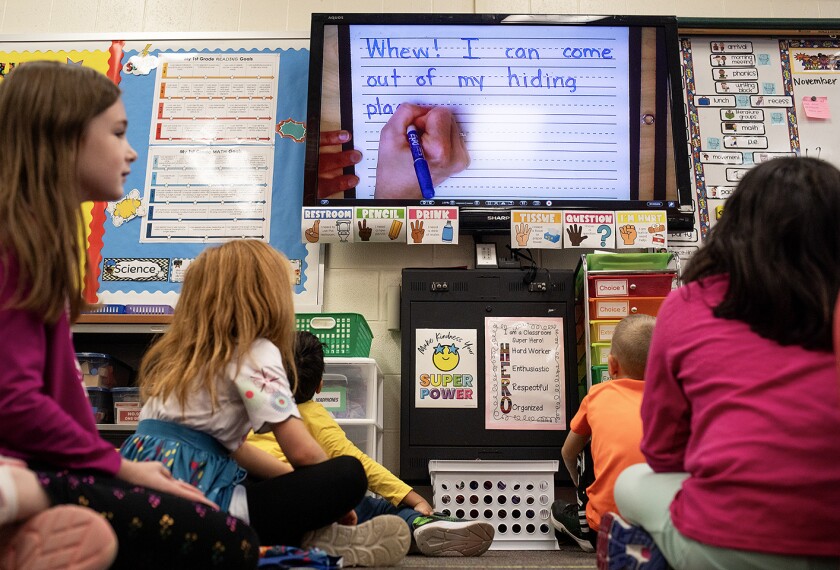To the Editor:
The only way to eliminate the problems with public education, which are created by the system structure, is to eliminate the basic erroneous expectation upon which the system is built: that all children of a given chronological age develop cognitively at the same rate.
We acknowledge that children are unique in their learning styles, abilities, interests, and cultural backgrounds, but still insist that they all learn at the same pace. Dropouts, the need for retention, learning gaps, and underachievers could be totally eliminated if schools were structured to honor differences rather than compare students on their rate of cognitive development.
Students and teachers are trapped in the “box of education” and are being smothered by fear and the system’s manufactured opportunities for failure. It would be ludicrous to measure children’s bodies each year to see if they met a standard of inches and ounces gained, declaring some to be “undergrowers” and failures. Yet we do it to their minds.
The new common standards should be changed to a curriculum continuum along which students may move at their own pace, guided by knowledgeable teachers who facilitate cognitive growth and a love of learning. Federal initiatives such as the Race to the Top should be refocused to equalize opportunities for all children. Funds are being poured into a “building” with a faulty foundation, and failure is inevitable.
Nancy S. Self
College Station, Texas




